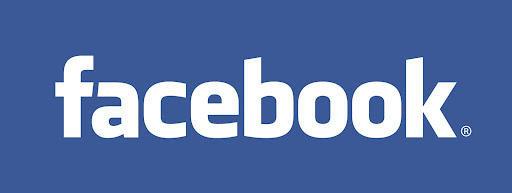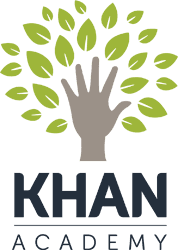As the six people who read this blog
religiously know, I'm on a scholastic crusade to integrate Web 2.0 tech in
the classrooms of America (the world?). I'm a big fan of what can be done with
this stuff to better educate the kids, and let's face it - it's all about the
kids these days.
There are some who would have me put
down my megaphone and go about doing something else. The main point these
doubters to my cause is the subject of this editorial.
There are some teachers that do take
issue with this sort of technology invading their classrooms. Those say
that technology can sometimes hinder learning and the educational process. Take
the ‘spell-check rapture’ scenario under consideration for a moment – imagine
what would happen to the world if every single type of spell-check suddenly
disappeared. What would happen to our ability to communicate with the written
word effectively? Yet this is only an example of what the world would be like without technology.
There doesn’t seem to be any real discussion about the dangers or downfalls of Web 2.0 itself.
Schools can sometimes acquire technology
before those who will use it are adequately trained in the various uses. Consider, for a moment that
college teacher that wants to present a YouTube video, but has no real
knowledge of how to go about doing so. The professor cannot utilize the
supplied audio-visual equipment and, with a classroom of snickers, he resigns
to asking for help from one of his students. Three things have just happened:
The prepared lesson has lost its luster, the professor has lost his grip of
authority on the class, and valuable class time that could have been spent
educating has been lost. Add to that an ever-present need for upkeep and
upgrading, and one can start to understand why those who have been teaching for
a while are reluctant to ‘join the revolution.’
From YouTube.com
The lack of teacher knowledge of
technological equipment is not in itself a hindrance to the educational
process. It is when the teacher wants or is pressured to use the technology
with no real attempt to understand it that hinders the process. This means that
it is not the technology itself, but the lack of preparation on the part of the
instructor, which causes disruption in the classroom. Some teachers seem to
treat lessons as a place to supplement preparedness with technology, and this
simply will not do. Still, the benefits seem to outweigh the downfalls,
even if some “old school” teachers are hesitant to make the shift.
Recently, I had the chance to sit down with Christopher
Magistrale, a social studies and writing teacher for middle school students in
the Winooski
School District. Chris is one of the 'new school' of teachers, having less
than five years of actual solo teaching under his belt. Chris and his crew have
decided to 'join 'em' rather than 'beat 'em' with regards to technology
integration in their classrooms.
“There is slight opposition from some of
the teachers who have been teaching for a long time,” says Chris. “After 15-20
years, you become sort of set in the ways you teach, and the overall ignorance
of those teachers in regards to how this technology could better the learning
experience is the main opposing force here. While the traditions of education
are there for a reason, we are using what is at our disposal as a new way to
reach the kids. This is not to say that I want to be exclusively a technology
teacher. I don't want to teach all of my lessons using the computer. But having
that element involved really helps amp-up a lot of our instruction.”
(You can listen to the entirety of the interview here)
No matter how you feel about it, Web 2.0
isn’t going away (well, at least until Web 3.0). Especially in today’s
classrooms, those in the current generation who are responsible for raising and
preparing the upcoming generation need to get the memo: Alongside reading,
writing, math and science, the use of the Internet and its technologies needs
to be set in the curriculums in order to better prepare these kids for the
future in which they are undoubtedly going to find themselves. With technology
getting cheaper and hard drives doubling in size every two years, educators
need to hurry to catch up.




